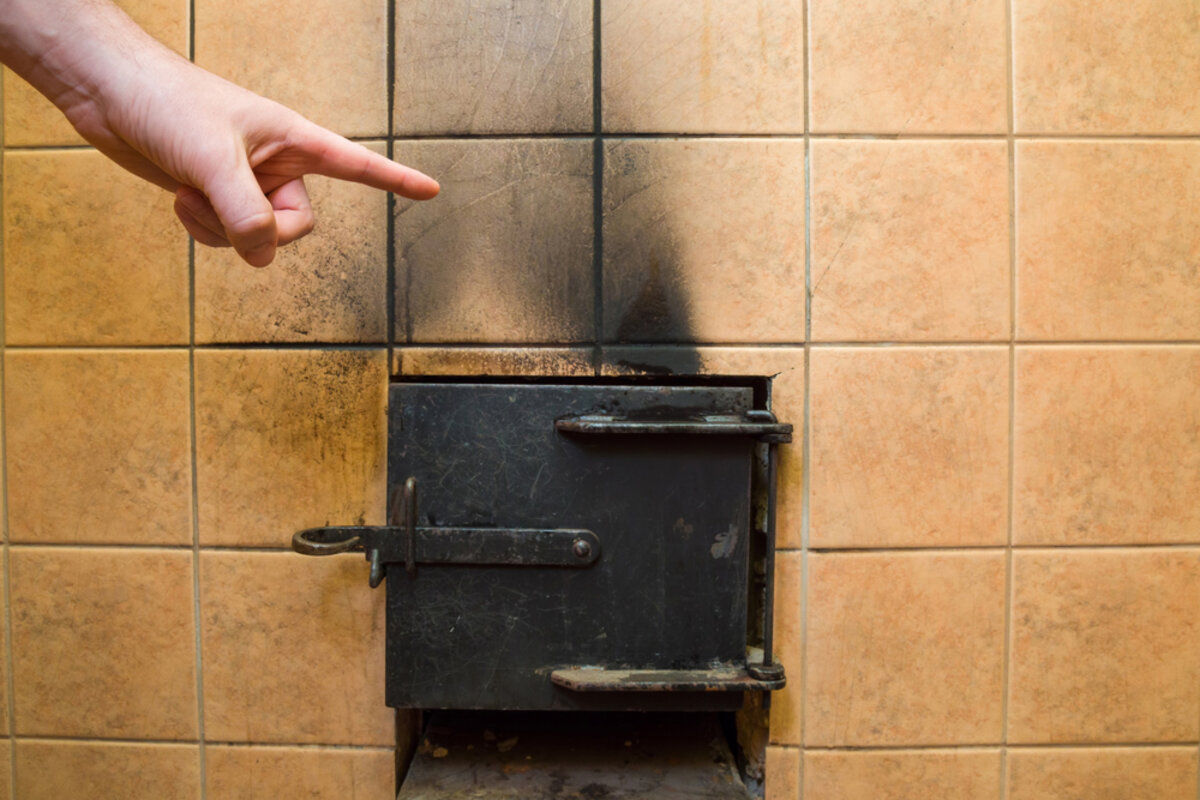Dishwashers are prone to damage due to flooding since they are present in the kitchen. However, repairing these appliances can run into thousands of dollars – a primary reason many homeowners file insurance claims. However, is it possible to prevent a dishwasher from flooding, though? More importantly, what causes a dishwasher to flood in the first place?

Dishwasher Flooding: Causes
Dishwashers rely on water to clean utensils. So, it’s no surprise that they are prone to flooding. Four main culprits that can cause your dishwasher to overflow, including:
- Improper Alignment
- Leaking Components
- Wrong Detergents
- Overloading
1. Improper Alignment
Several hoses and tubes connect your dishwasher unit to the plumbing system throughout your house. So, when installing the unit, you must get the alignment correct and not create gaps between the hoses. You can do this by checking if the alignment is off and leveling the unit until it is good.
2. Leaking Components
A dishwasher consists of various parts that ensure its proper operation. If any of these parts have cracks or gaps, it could lead to a leak and, ultimately, to flooding if not resolved in time. Older units may also corrode, causing the gaskets and seals to wear out.
3. Using the Wrong Detergent
While most people think that the detergent into the dishwasher may not be a major cause of flooding, you must know they are wrong. Dishwasher soap or detergent is a special cleaning agent designed exclusively for household appliances. However, its regular use can lead to excessive suds and, in turn, cause leaks and flooding.
4. Overloading the Dishwasher
When you overload your dishwasher, it uses more water than usual but doesn’t drain it off as it should. The excess water present in the appliance leaks out and floods your kitchen in no time. So, these are the most common causes of dishwasher flooding. Besides these, dishwashers can also overflow and cause flooding due to clogged drains that result in water backing up in them
Dishwasher Flooding: Remedies
You can stop your dishwasher from flooding your kitchen by following these steps which include:
- Stopping the Leak
- Removing the Standing Water
- Checking the Pump and Nearby Drains
When your dishwasher overflows and causes flooding in your kitchen, the first step is to stop it from leaking. Find and shut the main water supply. The valve to cut off the main water supply may be present in different locations depending on the house or building, but you can usually find it in the basement.
With the water supply cut off, it is time to remove the standing water. If your dishwasher has already overflowed by the time you turn off the water supply, there will be water all over your kitchen, which you will need to remove. You will also need to remove the water standing under the appliance base using clean dish rags or a microfiber mop.
The next step is to inspect the dishwasher pump present at the bottom of the appliance. Most dishwashers don’t clean large food particles, and these food particles, not to mention debris, block the drain, causing water to overflow from the appliance.
Check your dishwasher pump for food particles and debris, and check all the nearby drains, especially those in the sink and garbage disposal area. These are two common places where the waste from dishwashers can enter and cause the drains to clog. When the drains clog, water backflows, resulting in flooding.
Though a reasonably big job, you may be able to unclog drains that have small particles stuck inside them. However, larger clogs, especially in the drain hose, may need a thorough inspection, in which case, you will need to contact an expert, such as Water Damage Near Me.
Dishwasher Flooding: Prevention
You can follow the above three steps to remediate flooding occurring in your kitchen due to the dishwasher overflowing. However, you could instead prevent the appliance from flooding in the first place by following these steps:
- Inspect the Gaskets for Wear and Tear
- Check your Dishwasher’s Water Level
- Examine the Hoses Inside the Dishwasher
1. Inspecting the Gaskets
Every dishwasher comes with gaskets or rubber linings that prevent water from flowing out of the appliance. However, these gaskets are prone to wear as time passes, leading to leaks in the machine. So, you ought to check your dishwasher gaskets for wear and tear at least a few times a year.
You can do this by inserting a paper piece into the appliance while closed and see if you can pull it out quickly. If you can easily pull the paper piece out, you need to replace the rubber gaskets inside your dishwasher.
2. Checking the Water Level
The water inside your dishwasher should always remain in the lower part. However, if the water level rises and is near the door. In that case, it means that a clog is preventing the dishwasher from draining the excess water out, and you will need to remove it immediately, to prevent flooding.
3. Examining the Hoses
Broken hoses are common signs that suggest that your dishwasher may be overflowing. So, check the hoses that connect the appliance to your plumbing system to see if they have a crack or tear, and fill the holes or gaps immediately to prevent your dishwasher from overflowing and causing flooding.
Conclusion
So, while you can clean up after your dishwasher overflows and causes flooding in your kitchen, a better way to do things would be to prevent that from happening. Though you can do this yourself, it would be better to call experts, such as Water Damage Near Me, and have them assess and resolve the problem.
However, if you decide to go ahead and do it yourself, here is a snapshot of the steps you will need to take.


















